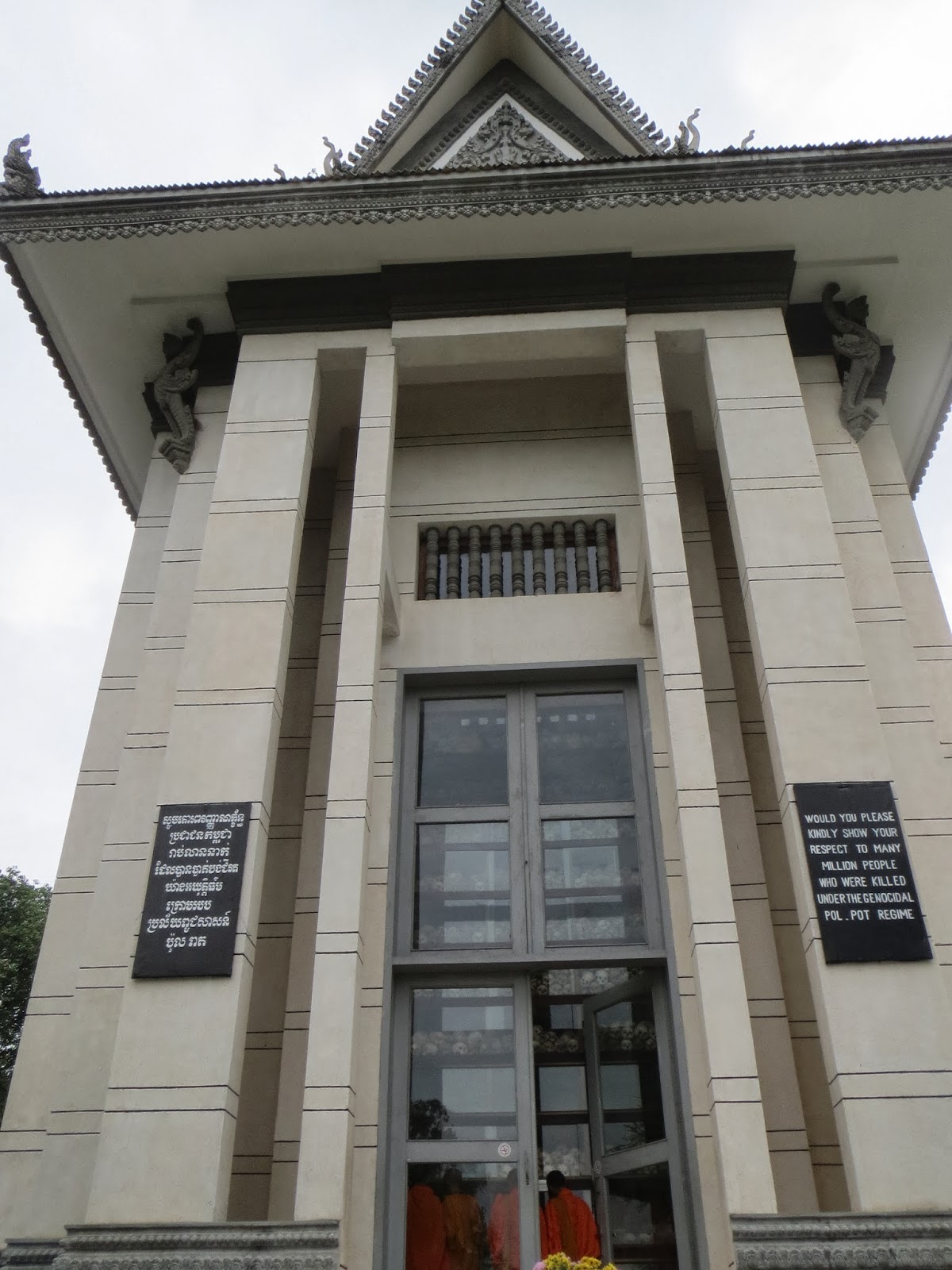Other trips can be accessed by clicking the following links:
2014
Germany, Poland, Austria, Hungary, Czech Republic, Romania, Bulgaria, Turkey, Israel, Jordan and Copenhagen
2015
Hawaii, Australia, Indonesia, Singapore, Vietnam, Laos, Myanmar, Malaysia, Nepal, India and England
2016
Latvia, Lithuania, Ukraine, Slovenia, Serbia, Bosnia, Croatia, Montenegro, Kosovo, Macedonia, Albania, Greece, Egypt, Bahrain, Qatar, Oman, Ethiopia, Kenya, S. Africa, Zimbabwe, UAE and Denmark
2017
Panama, Colombia, Ecuador (inc. Galapagos), Peru, Bolivia, Chile (inc. Easter Island), Argentina, Uruguay, Brazil and Mexico.
2018
France (Paris and Lourdes), Armenia, Georgia, Azerbaijan, Kazakhstan, Uzbekistan, Kyrgyzstan, Spain, Andorra, Morocco (Tangier), Portugal and the Netherlands (Amsterdam).
2019
New Zealand, Australia, Ireland, Great Britain, Antarctica, Patagonia and Paraguay.
Sri Lanka, India (Kochi), Germany, Switzerland, Italy, Colorado, Utah, Nevada, California, Oregon, Washington, Idaho, Montana, Wyoming, South Dakota, Nebraska, Kansas, Iowa, Illinois, Ohio, Kentucky, Missouri, West Virginia, Indiana, Tennessee, Alabama, Florida, Georgia, North Carolina, Arizona, Alaska, and almost every state.




























No comments:
Post a Comment